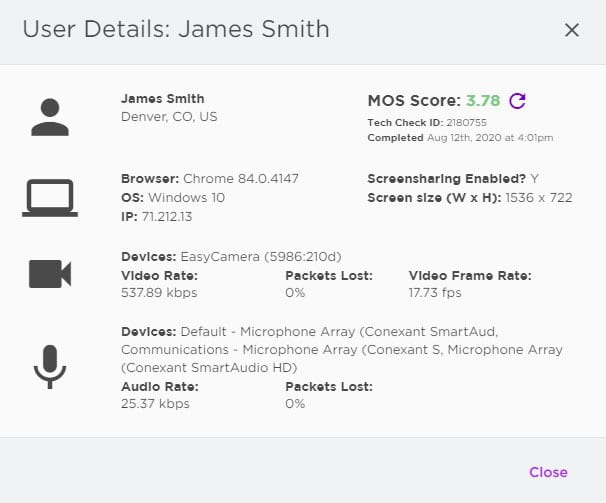The hardest part about attending a conference is not the long hours, lack of sleep, or constant search for an outlet. In my opinion, it’s being faced with the near-impossible responsibility of choosing which sessions to attend over other ones that sound equally as fascinating to me.
Faced with no other option, I had to make choices. I was very pleased with the sessions that I decided to attend while attending TMRE recently, but I can’t help but feel some residual FOMO (fear of missing out) after it all.
As I attended the sessions, I was struck by how aligned many brands seem to be on their forward-facing strategy and approaches to problem solving. In at least five sessions, I heard brands credit or give notable mention to one framework: Jobs-To-Be-Done (JTBD).
Fortunately, I’ve grown increasingly familiar with this acronym and have enjoyed seeing clients articulate how they leverage JTBD as they seek to glean insights from their consumers’ experiences, often shared through live conversations. At home it doesn’t always make great dinner conversation, but certainly comical when your child asks you to defend your hiring of that second serving of dessert!
If the TMRE presentations that I saw are any indication, JTBD is gaining popularity. However, I am well aware that not everyone has explored this framework, so I’ll provide a crude overview of what is it.
Disclaimer: I’m not an expert on JTBD, but rather humbly submit that I’m a student continuing to learn. There are experts that have dedicated their careers to this, and have nuanced definitions and approaches to different facets of it. Now that we’ve got that out of the way…
JTBD is a framework. Some would say it is a perspective, or even a way of viewing the world. It helps get to the heart of the “why” and “how” people buy products/services. In practice, it is meant to get beyond “unmet needs & wants,” and reveal the “problem” a person is solving for when they purchase a product or service, further understanding their motivations and circumstances as well as competing products that may not otherwise be identified. In the realm of innovation, it helps create a new product/service based on these insights, rather than only relying on continued iteration of existing products/services to solve for desired future growth.
This all may sound quite heady, but once it “clicks” and you start to think and operate within the JTBD framework, it starts to feel more natural than you’d think. If nothing else, it will definitely stretch you to evaluate things a bit differently even if you don’t fully adopt commonly prescribed interview practices. Minimally, it should create greater empathy for your customers – past, current, and future.
As brands continue to be interested in this framework, we will see this reflected in their research. Their questions will reflect the language and practices of JTBD and the form of their questions might slightly change. Conversation will continue to play an important role in their research, as they investigate the motivations of consumers and the consumer’s “job” to be done.
At Discuss.io, we enjoy hearing stories of what you (our customers) have achieved through live conversations through our platform. We also enjoy connecting you with other humans to have these real-time conversations and supporting you as get your job done. Start a conversation with us to learn more about how to utilize Discuss.io and JTBD in your enterprise.




